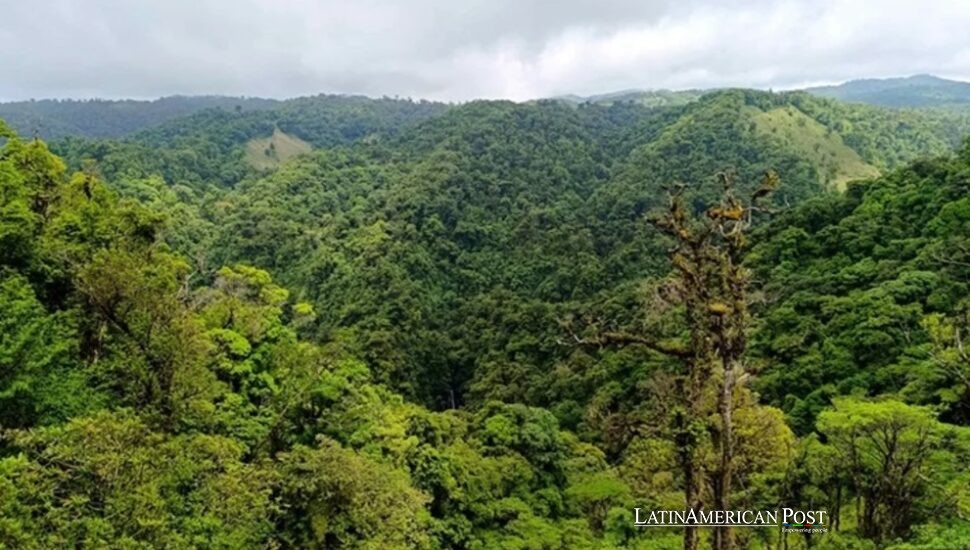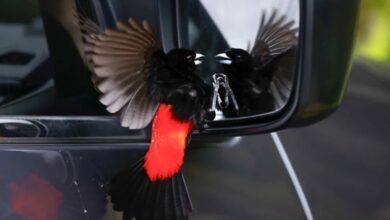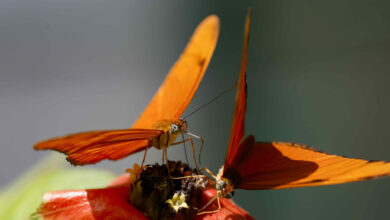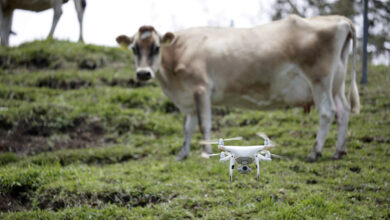Vanishing Clouds as Costa Rica’s Monteverde Fights Climate Threats

In the high mountains of northwestern Costa Rica, a precious area of life encounters serious issues. This happens because temperatures increase and rainfall shifts. Because the climate impacts get worse, the cloud forest of Monteverde grapples with species besides habitat reduction. Its future suffers.
A Cloud Forest Under Siege
Monteverde’s cloud forest in northwestern Costa Rica ascends to almost 1,850 meters above sea level. It remains an iconic biodiversity hotspot on the planet because of its specific geographical position. It benefits from climatic input from the damp Caribbean side and the hotter and more arid Pacific coast. Therefore, it generates the circumstances needed for a remarkable ecosystem. Monteverde boasts an incredible variety of flora and fauna, including 523 known orchid species—more per square meter than anywhere else on Earth—and shelters approximately five percent of all bird species globally.
Over the last few decades, however, climate shifts have challenged Monteverde’s delicate balance. Weather grows warmer bit by bit—its behavior lacks expected order. Rainy times arrive faster yet pour with more power—this action carves into land and harms farming nearby. The opposite happens: dryness stays around for extended periods. Because of this, plants undergo hardship, and the fog so vital to a cloud forest shrinks away.
It is precisely this cloud cover that sustains the remarkable diversity for which Monteverde is renowned. Drifting moisture in mist blankets the high canopies and nourishes plant life. Recent warming has threatened the consistency of this phenomenon, pushing some cloud-dependent species into higher elevations or driving them away altogether. As temperatures climb, wildlife once confined to lower, warmer altitudes is moving into Monteverde, creating new interactions with resident species and generating further uncertainty in an already delicate ecological web.
Guillermo Vargas, a community leader and the director of Life Monteverde, described the risk to the cloud forest in an interview credited to EFE. “New species are arriving and interacting with the local ones,” said Vargas. “In the high areas of the mountain range, we could see a gradual loss of species. The entire floristic makeup of the cloud forest will be different—it might even become a tropical rainforest.”
Worrying Signs in Golden Toads and Avocado Trees
A notable loss because of Monteverde’s climate shifts is the golden toad. This amphibian once lived only in this area. With bright orange skin and small size, the golden toad vanished after the early 1990s. Because of this, the International Union for Conservation of Nature (IUCN) considers it extinct. Scientists have linked its disappearance to a pathogenic fungus that proliferated under warmer conditions—an outcome many associate with global climate shifts.
This fungus, which had not previously been detected at Monteverde’s cooler elevations, struck multiple amphibian species. The golden toad’s extinction soon symbolized climate change’s fast and significant effects on weak ecosystems. This disappearance also impacted the local community because many remember the toad as a representation of this region’s natural inheritance.
Shrinking numbers of aguacatillo trees, a key food source for the quetzal, give more proof of changing conditions. People know the quetzal, one of Central America’s most notable birds, for its bright green feathers and long tail. This bird depends significantly on the small fruits from those trees, which resemble avocados. Higher temperatures and altered precipitation make it harder for new aguacatillo saplings to thrive, so the quetzal’s survival in this area could be jeopardized.
Steven González, a Selvatura Park guide, spoke about the magnitude of specific shifts to EFE. This park is a popular Monteverde site because it has extensive canopy walkways besides environmental programs. “The last 25 years brought drastic change,” he stated. “This forest receives diminished persistent cloud cover than it once did.” Besides that, González observed that some species appeared recently. Folks doubted such species lived in Monteverde’s cold environment. Particular cats, snakes, and birds travel from warmer, lower elevations to this place.
Sustainability and Tourism
Despite the mounting pressures, Monteverde has emerged as a model for community-driven sustainability. According to local data, an estimated 85 percent of businesses here are owned by community members. Many farmers, hoteliers, and tour operators share a unified vision: preserving the cloud forest by championing ecologically mindful practices.
Monteverde is inside the Pájaro Campana Biological Corridor, which stretches over 88,000 hectares and ties the cloud forest to the mangrove wetlands located near Costa Rica’s Pacific shore. The corridor’s main target is to support ecological connection. Because of this support, wildlife travels easily in varied environments. Preserving safe migration pathways is increasingly important as species adapt to climate-related pressures by moving in search of cooler conditions, more reliable water sources, or new feeding grounds.
While a potential stressor if unmanaged, tourism has become a crucial ally. Thousands of visitors flock yearly to Monteverde to experience its rich biodiversity—hundreds of orchid varieties, myriad bird species (including the hummingbird and the emblematic quetzal), and various mammals such as tapirs and felines. Many local businesses recognize that long-term profits depend on safeguarding the ecosystem that draws travelers and has adopted measures such as waste-reduction programs, renewable energy sources, and nature-based activities like canopy tours and hanging bridges that minimize forest disturbance.
“Monteverde is a powerful example of Costa Rica’s dream to remain a global leader in sustainability,” Guillermo Vargas told EFE. “We have the natural wealth, cultural richness, and an overall high quality of life to create a long-term, more sustainable model.” Indeed, Monteverde has been a pioneer in eco-tourism for decades. The initial canopy zipline tours in Costa Rica started here in 1994. These tours permitted travelers to move through the treetops – they did little harm to the forest floor. This locale presented the country’s initial hanging bridges. These walkways were a gentle method to watch the forest canopy closely.
Life Monteverde and similar groups try to link farm jobs to forest care. For example, coffee producers obtain help using shade-grown systems. This maintains plant and animal habitats and guards crop yields. The community provides instruction and shows locals and travelers lasting ways of existence. Because of backing these plans, Monteverde intends to protect its future. This involves keeping the difficult balance of a cloud forest despite high pressure.
Also Read: Bolivian City Besieged by Garbage Blockade Sparks Criminal Turmoil
The Earth’s climate changes swiftly, and Monteverde exemplifies nature’s delicate state and strength. The golden toad’s disappearance showed the speed at which unique species die. A decrease in aguacatillo trees put the well-known quetzal bird at risk. The shared efforts of farmers and conservationists next to tourism companies show a community set on protecting what is left of its cloud forest. If enough people embrace sustainable practices and global climate actions can mitigate further warming, Monteverde may continue to captivate generations of visitors with its mist-laden canopies, breathtaking wildlife, and steadfast commitment to environmental stewardship.




